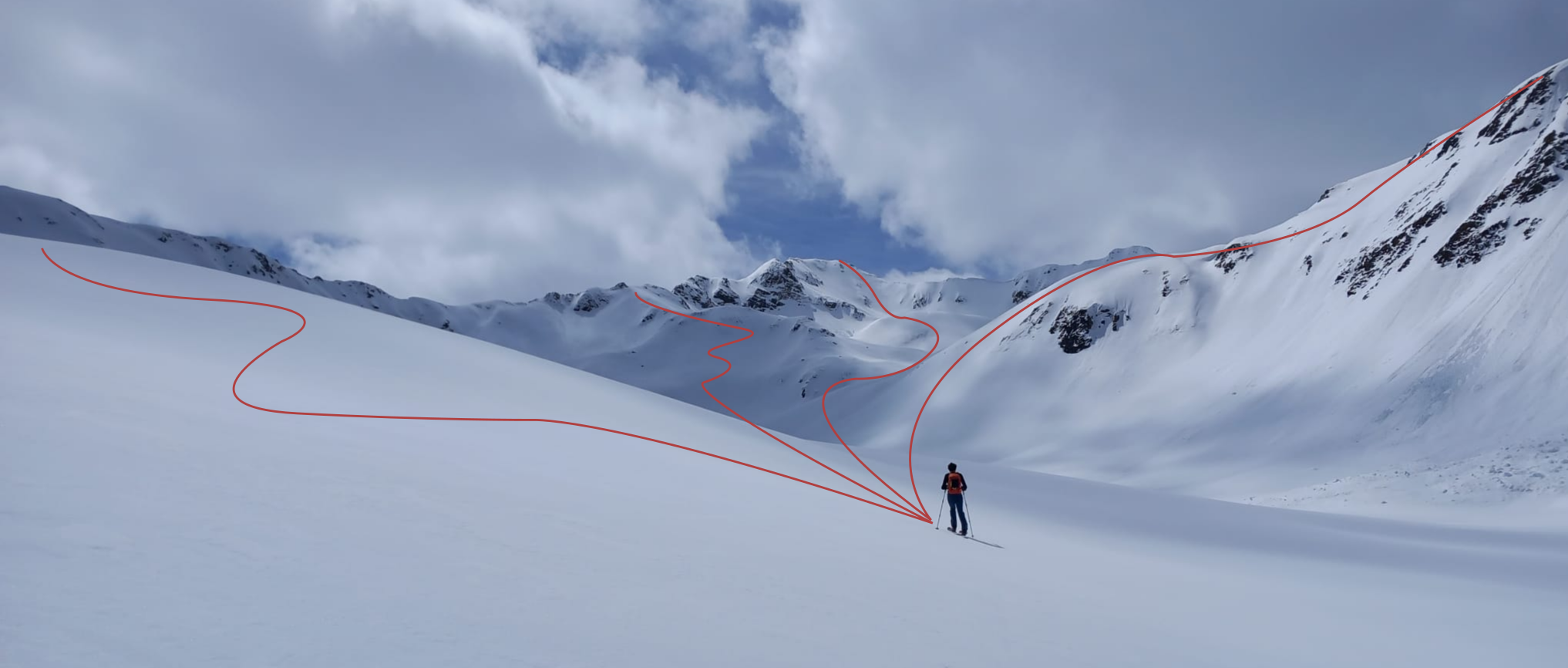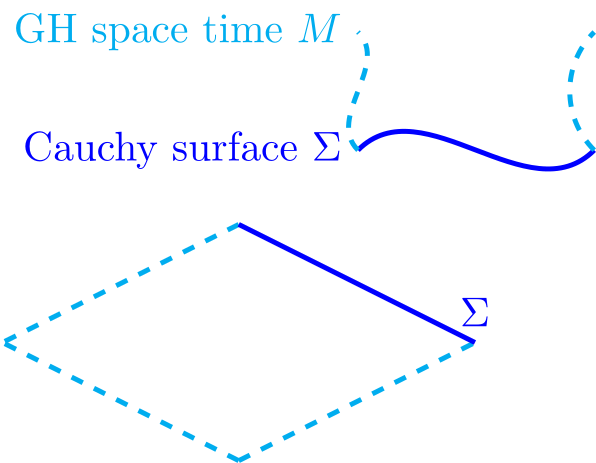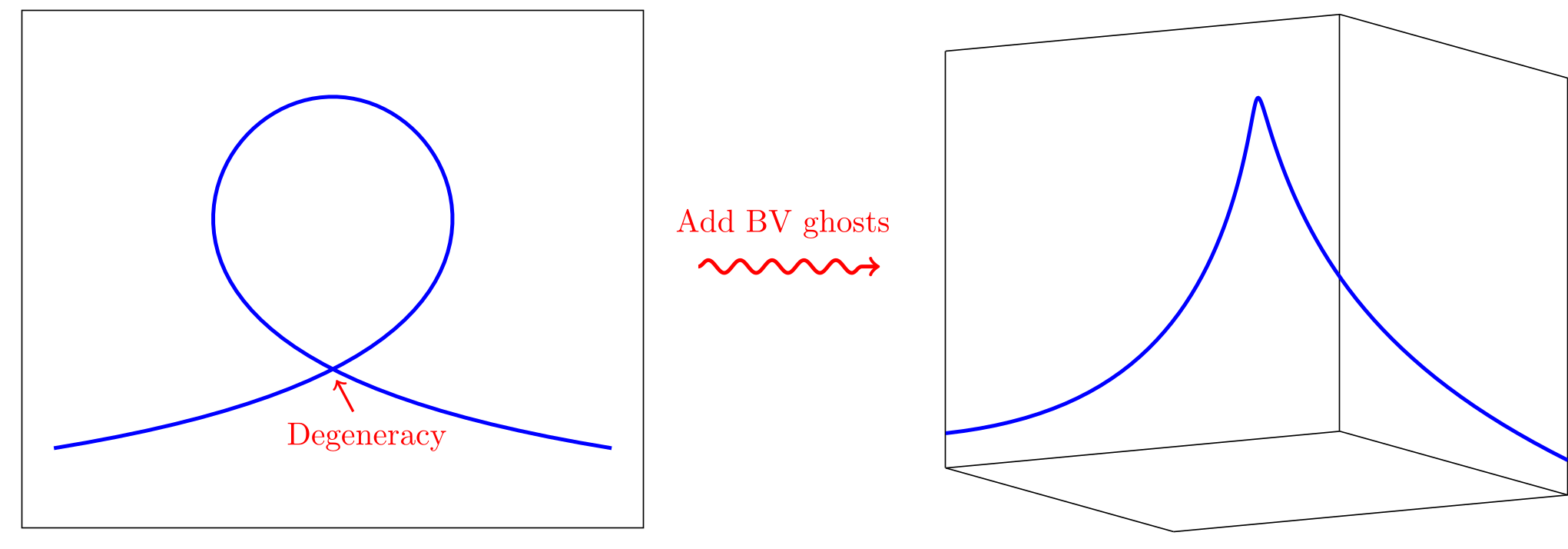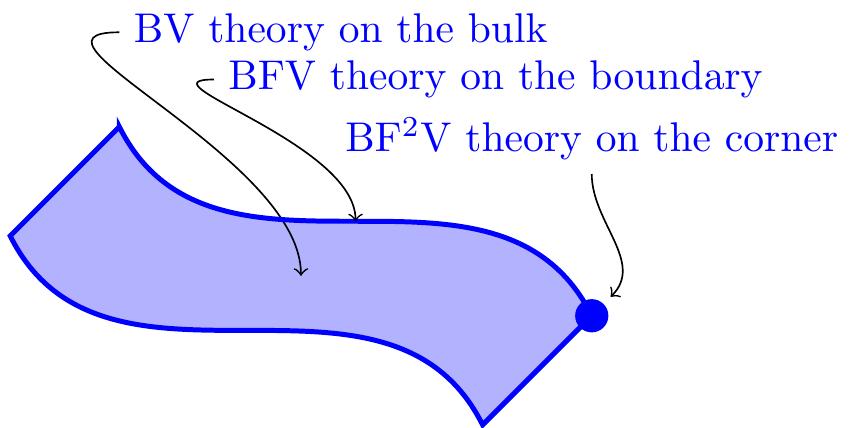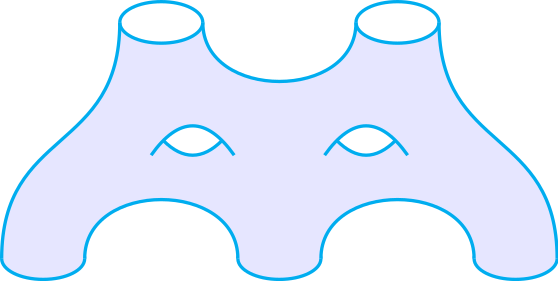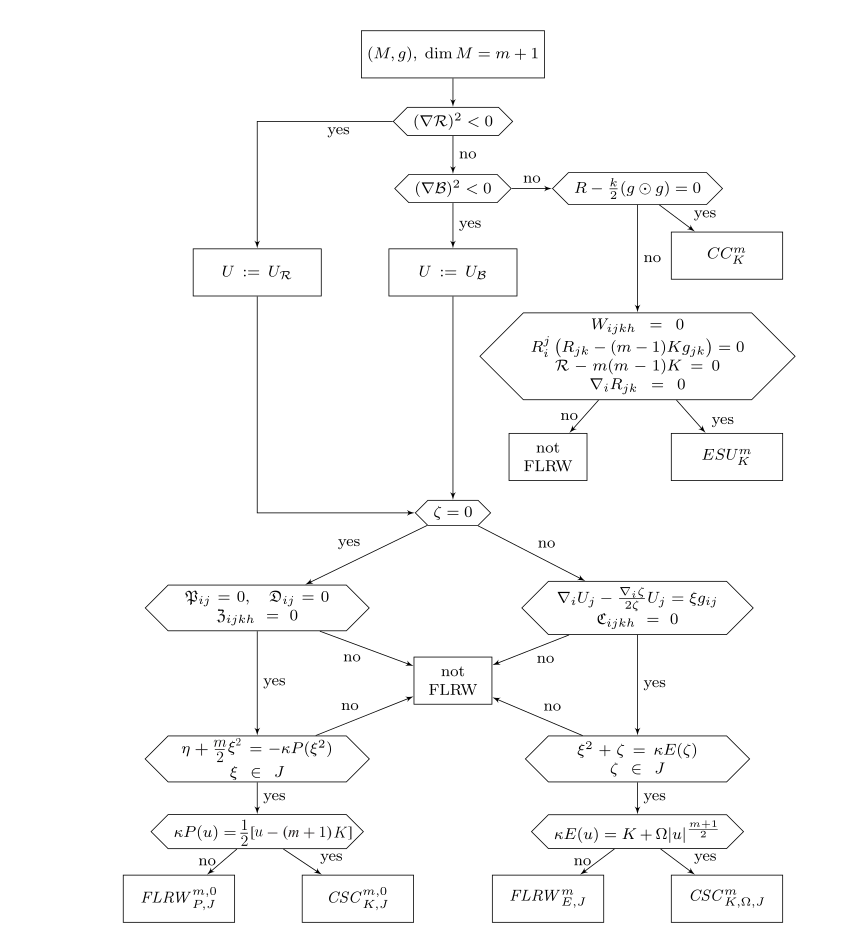Corner Structures
If we consider a stratified manifold, i.e. roughly speaking a manifold with boundaries, corners, etc., it is possible to associate to a stratum of codimension
k a suitable BF^kV theory, together with some compatibility condition between the data of the strata. Such structures are called
extended BV theories
.
In some cases it is possible to induce the BF^kV data of the codimension
k stratum from the BF^(k-1)V data of the codimension
k-1 stratum.
In codimension 1, BFV theories encode the structure of the reduced phase space of the theory at hand.
The higher codimension-2 data correspond to a
graded symplectic manifold with symplectic form of degree 1
. Upon the choice of a polarization, this structure induces a
a
Poisson infinity
structure (this stands for Poisson structure up to coherent homotopies).
Articles in this Research direction:
- Giovanni Canepa and Alberto S. Cattaneo. Corner Structure of Four-Dimensional General Relativity in the Coframe Formalism (2022). Annales Henri Poincaré. doi: 10.1007/s00023-023-01360-8.
